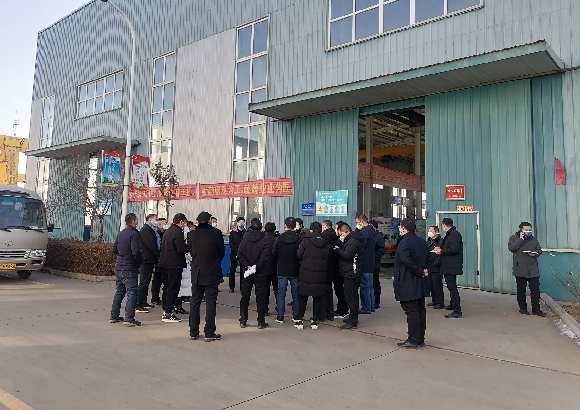- Albanian
- Arabic
- Belarusian
- Bengali
- Czech
- English
- French
- German
- Hebrew
- Hungarian
- Indonesian
- irish
- Italian
- Japanese
- kazakh
- Persian
- Russian
- Thai
- Uzbek
- Vietnamese
flume ride design
Designing a flume ride is an exhilarating blend of creativity, engineering, and safety considerations. Flume rides, often found in amusement parks and water parks, are popular attractions that take riders on a thrilling journey through water-filled channels, complete with drops, twists, and turns. The design process for these rides involves several critical steps to ensure an unforgettable experience for visitors while maintaining safety and reliability.
First and foremost, the design must prioritize safety. This involves selecting appropriate materials that can withstand the pressure of water and the weight of multiple passengers. Engineers often use durable and rust-resistant materials like fiberglass or reinforced plastic for the ride's structure. Additionally, thorough analysis of load bearing and the physics of water flow is crucial to prevent any structural failures.
Next, ride designers need to create an exciting narrative for the flume experience. This includes envisioning the thematic elements that will engage riders. Themes can range from natural landscapes, such as jungle adventures or icy caverns, to fantastical realms, complete with animatronics and immersive soundscapes. These themes not only enhance the ride experience but also help in marketing the attraction to potential visitors.
The layout of the flume ride is another vital aspect of its design. The trajectory must include a series of drops, turns, and splashes to create a thrilling ride while ensuring that the ride duration is appropriate—typically around three to five minutes. Designers use computer-aided design (CAD) software to simulate the ride experience, allowing them to visualize the path and make necessary adjustments before construction begins.
flume ride design

Water flow is a critical factor in flume ride design
. Engineers must calculate the proper water speed and flow rate to ensure riders are propelled smoothly through the course without stalling or causing unintended jolts. Moreover, the ride needs to have a reliable water circulation system to maintain cleanliness and hygiene, which is essential for the well-being of the riders.Finally, designing a flume ride involves careful consideration of accessibility. Rides must cater to individuals with varying abilities, ensuring that everyone can participate in the fun. This includes providing appropriate entry points, safety harnesses, and ensuring that the loading and unloading areas are easily navigable.
In conclusion, the design of a flume ride is a complex but rewarding endeavor that combines safety engineering, storytelling, and guest experience. The ultimate goal is to create a thrilling adventure that leaves guests with lasting memories while ensuring their safety and enjoyment throughout the entire experience.
-
Flume Ride-Hebei Zhipao Amusement Equipment Manufacturing Co., Ltd.|Thrilling Water Attraction&NIST Safety StandardsAug.01,2025
-
Double Ferris Wheel Sale | Premium Custom RidesJul.31,2025
-
Flume Ride-Hebei Zhipao|Water-Based Attraction, Safety Standards, High-Speed DescentJul.31,2025
-
Flume Ride: Thrilling Water-Based Adventure & Advanced Engineering - Hebei ZhipaoJul.31,2025
-
Flume Ride-Hebei Zhipao Amusement Equipment Manufacturing Co., Ltd.|Thrilling Water Attraction&Customizable DesignJul.30,2025
-
Flume Ride - Hebei Zhipao Amusement Equipment | Water Coaster, Thrilling DescentJul.30,2025
